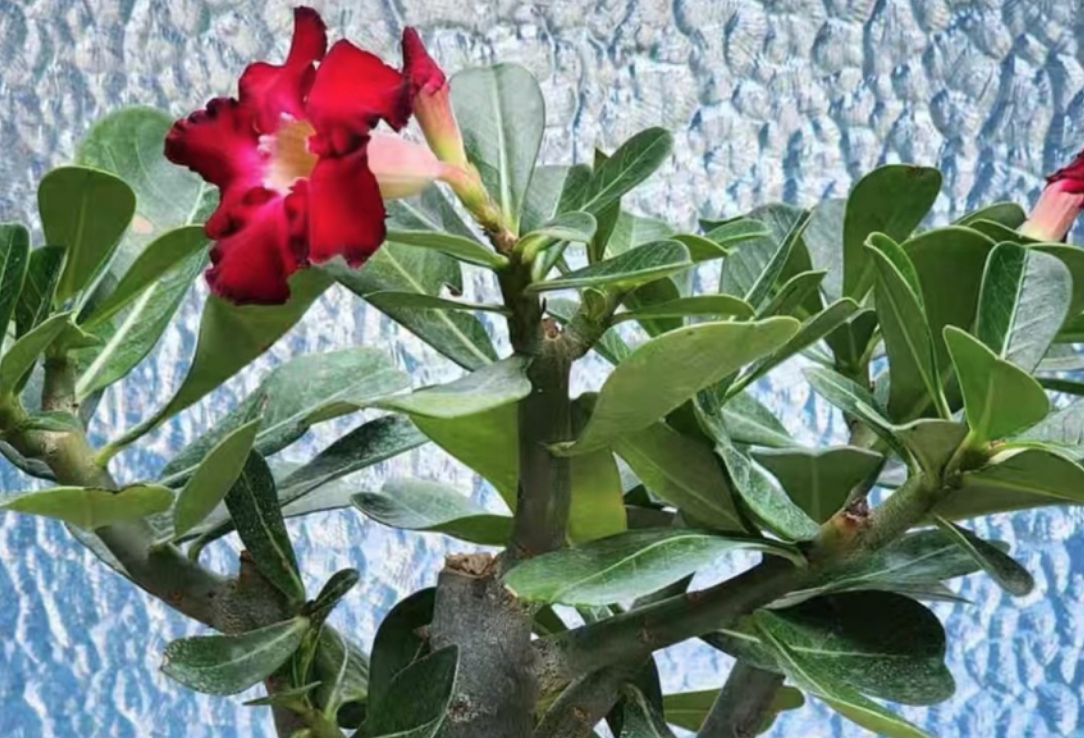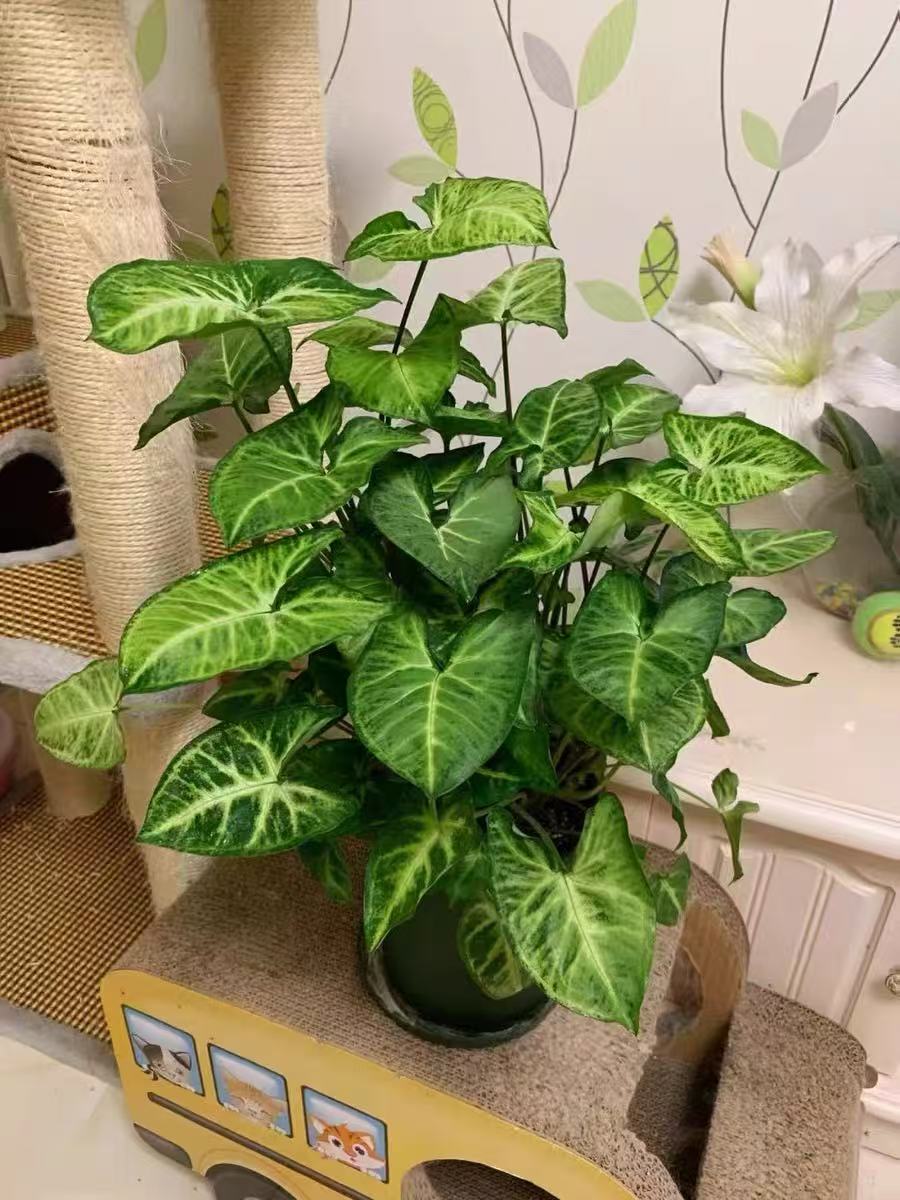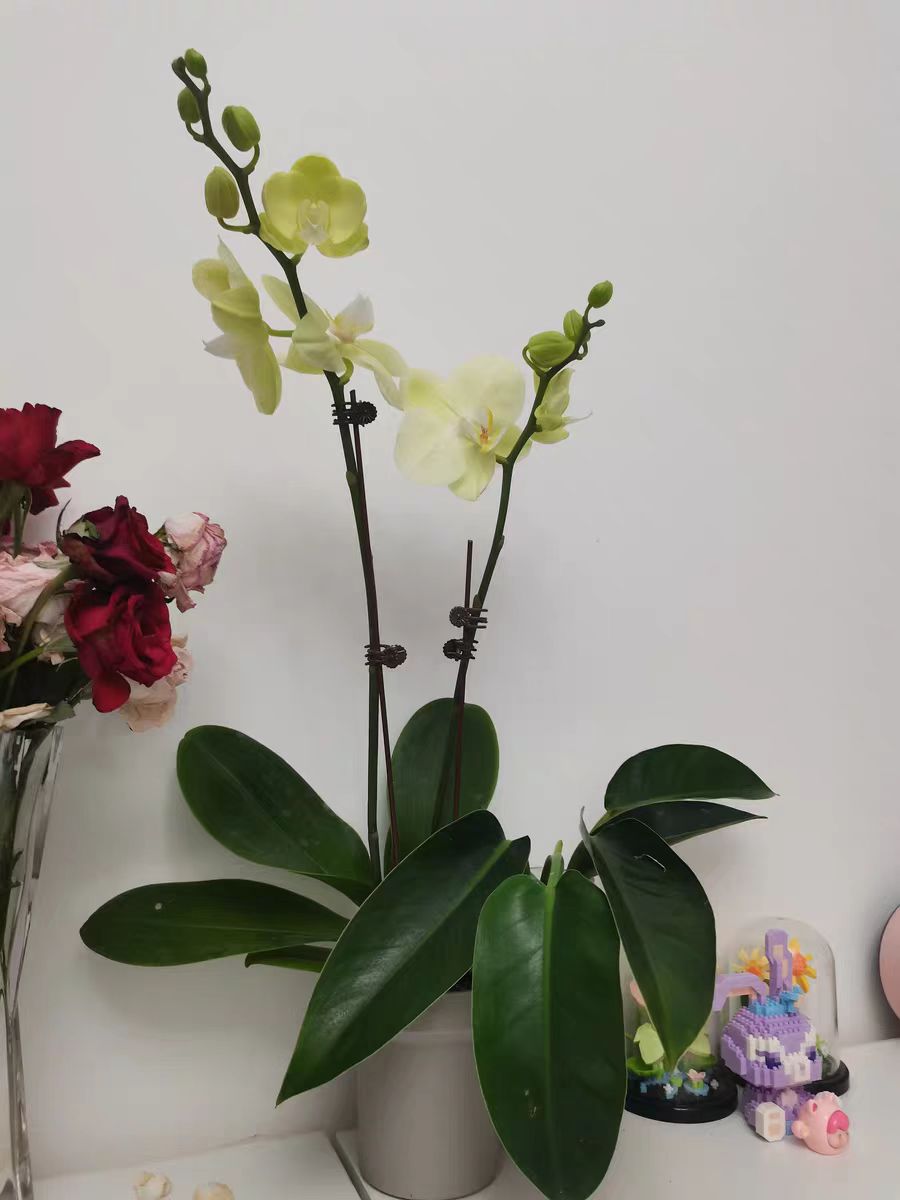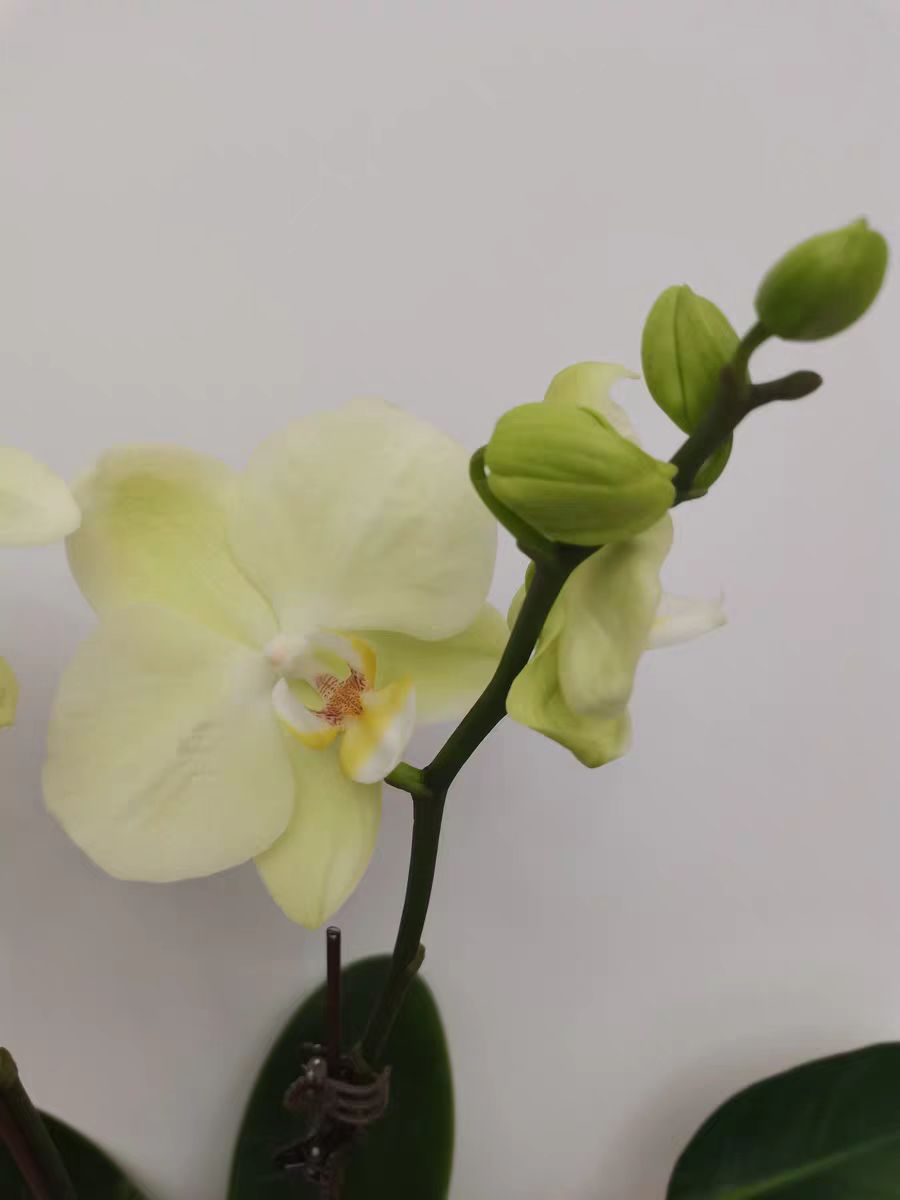To determine whether flowers can be grown well, the crucial factor is the type of "soil". Because each type of flower actually requires a different kind of soil. For example, some flowers prefer humus-rich leaf mold soil, while others may need soil with heavy fertilization, and some flowers are suitable for hydroponics. The following introduces several common flowers in the flower market that can be grown in sandy soil.
Desert Rose
Desert Rose is a flower with a very special flower shape. After blooming, it is trumpet-shaped. Near the root area, it is somewhat like a swollen belly. At the same time, this plant is heat-resistant and sun-resistant, which is very interesting. Desert Rose is also known as Adenium obesum. Its origin is in areas near deserts. It likes dry soil and avoids water accumulation in flowerpots. Therefore, it is most suitable to be planted in sandy soil that does not accumulate water. In terms of proportion, it is recommended that the proportion of sand in the soil is more than 30%. When maintaining it, water less frequently.
Cactus and Ball Cactus
As we all know, cactus and ball cactus are very heat-resistant and drought-tolerant flower plants. They are mostly distributed in deserts or areas around deserts. Therefore, their roots themselves like soil media close to sandy texture. When maintaining them, it is recommended to choose coarser river sand. The proportion can account for more than 50% of the soil (cannot be grown solely with pure sand). For soil preparation, leaf mold soil can be used for mixed planting.
Christmas Cactus
During New Year's Day and the Spring Festival, Christmas cactus can be seen in the bright positions placed by stall owners every two stalls. One of the reasons is that its flowering period is just around the end and beginning of the year. At the same time, the blooming flowers and leaves are very festive and therefore very popular. Christmas cactus has mostly round and chubby leaves in appearance, but its roots grasping the root system are very underdeveloped. Therefore, it has very high requirements for soil and likes loose, breathable acidic soil. Therefore, some coarse river sand can be added to the soil preparation. The proportion can be 2 parts of leaf mold soil and 1 part of river sand mixed evenly for use.
Crown of Thorns
Crown of Thorns is also called Iron Begonia. Its origin is in the desert areas of Africa. It likes dry soil. Therefore, some of its leaves have evolved into thorns to reduce its own water evaporation.
During maintenance, flower enthusiasts can match its preferences. When preparing the soil, add 2 parts of river sand and 3 parts of leaf mold soil in proportion to cater to its characteristics. In this way, the mixed and planted plants will grow better and better.
Tagged in :





Leave a Reply